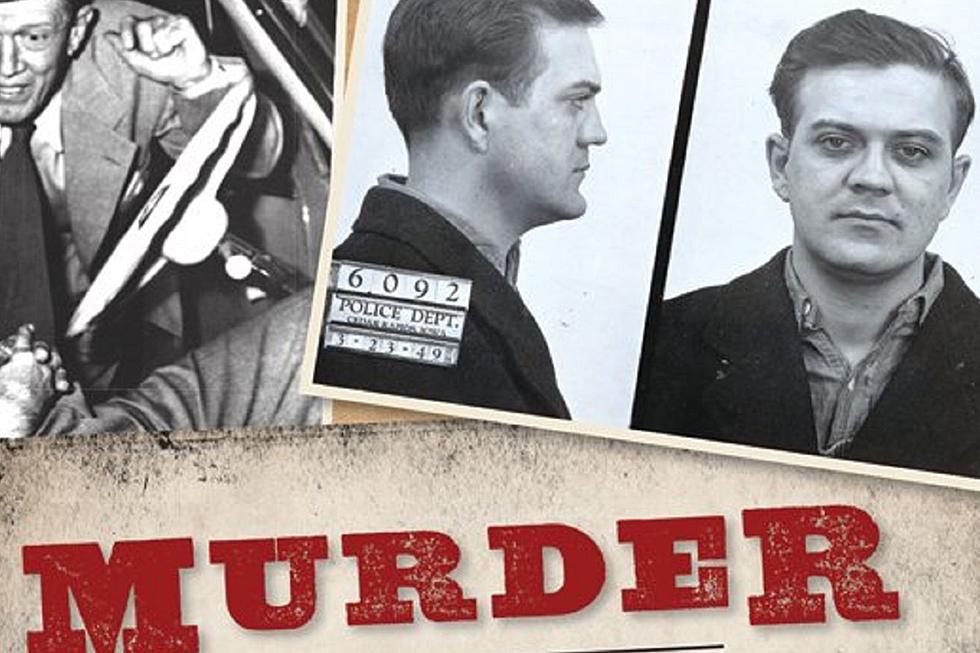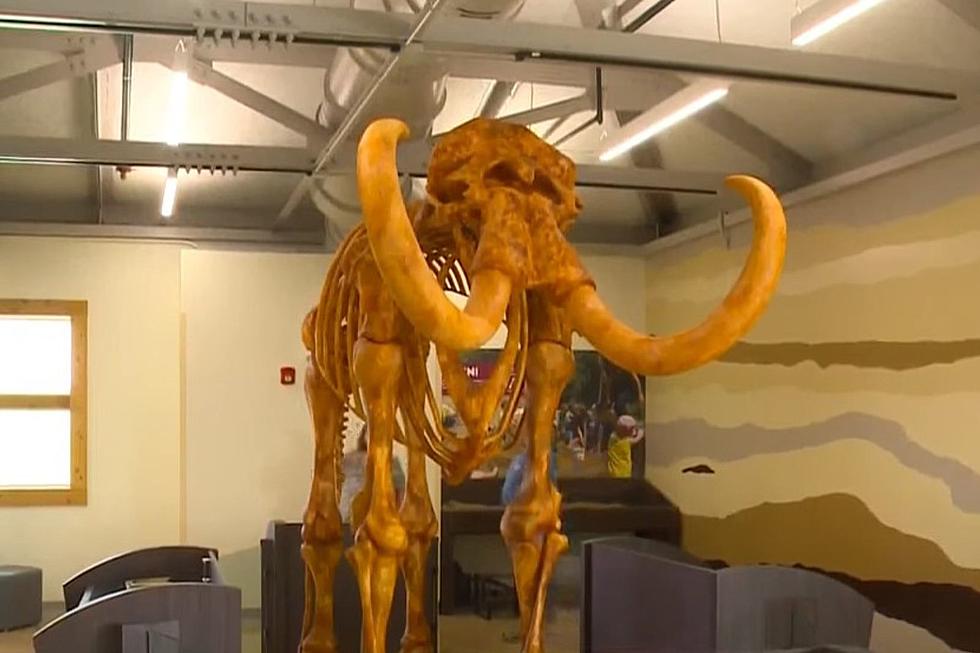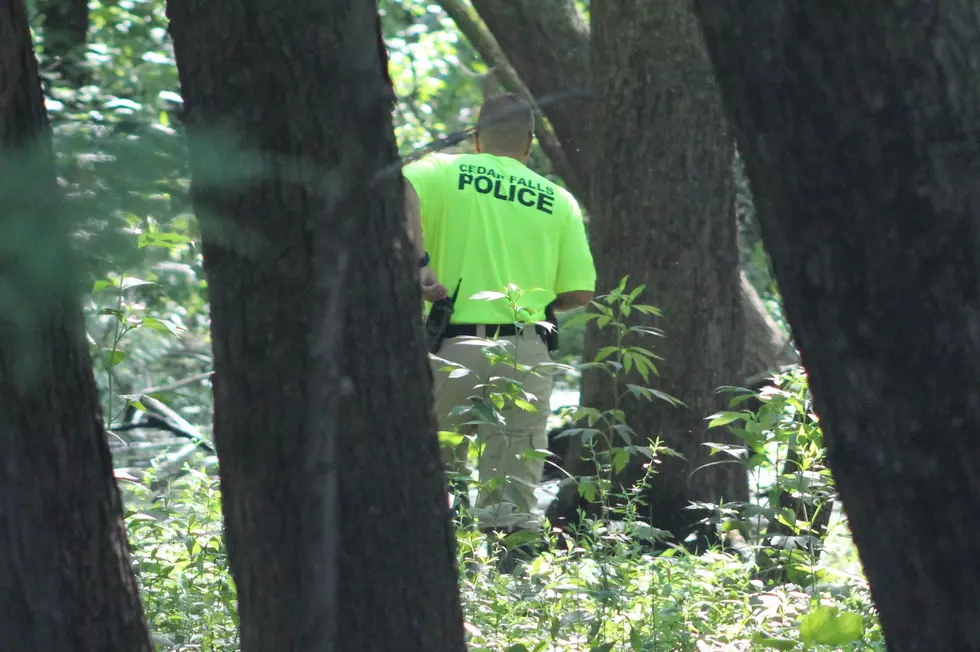
Iowa State University’s Direct Influence on the End of World War II
During World War II, there was a race between the Allies and the Axis powers to construct the planet's first atomic bomb. The outcome of said race would, quite literally, have an impact on our world of drastic proportions.
For the United States and its allies, the plan to build such a weapon became known as the Manhattan Project. Beginning in August of 1942, the project was given its name from where it got it's beginnings -- at 270 Broadway, Manhattan.
According to atomicheritage.org,
"Its first major funding came in December, when President Roosevelt ordered an initial allotment of $500 million. The headquarters of the project would soon be moved to Washington, D.C., while numerous project sites were scattered across the country."
Although Iowa State University wasn't exactly one of these project sites, it had it's own involvement in the project that had drastic impact. According to fpm.iastate.edu and a plaque north of Wilhelm Hall at ISU,
"In 1942, a group of Iowa State scientists led by professors Frank Spedding and Harley Wilhelm developed the process to produce highly pure uranium. More than 2,000,000 pounds of uranium were produced at Iowa State for the secret Manhattan Project, advancing the nation's wartime efforts. The success of the Ames Process led to the establishment of the Ames Laboratory at Iowa State."
In regards to the uranium, many of us have heard of the substance, but don't know its exact purpose in the development of atomic weapons.
According to ameslab.gov,
"Nobel physicist Enrico Fermi was sure a self-sustaining chain reaction could be triggered by bombarding the uranium nucleus with thermal neutrons. But for the chain reaction to be successful, tons of uranium metal needed to be produced with a purity far beyond what was commercially available."
Wilhelm would go on to develop a process of production that resulted in safely casting large amounts of the metal that reduced costs by as much as twenty times. The efforts by Wilhelm, Spedding and co. would ultimately be referred to as The Ames Project.
The Ames Lab site continues:
"The Ames Project received the Army/Navy E Flag for Excellence in Production on Oct. 12, 1945, signifying two-and-a-half years of excellence in industrial production of metallic uranium as a vital war material. Iowa State is unique among educational institutions to have received this award for outstanding service, an honor normally given to industry."
Two atomic bombs would be dropped on Japan in 1945 that played a significant part in the end of World War II.
History.com tells us,
"At noon on August 15, 1945 (Japanese time), Emperor Hirohito announced his country’s surrender in a radio broadcast. The news spread quickly, and “Victory in Japan” or “V-J Day” celebrations broke out across the United States and other Allied nations. The formal surrender agreement was signed on September 2, aboard the U.S. battleship Missouri, anchored in Tokyo Bay.
Because of the extent of the devastation and chaos—including the fact that much of the two cities' infrastructure was wiped out—exact death tolls from the bombing of Hiroshima and Nagasaki remain unknown. However, it's estimated roughly 70,000 to 135,000 people died in Hiroshima and 60,000 to 80,000 people died in Nagasaki, both from acute exposure to the blasts and from long-term side effects of radiation. "
See 20 Ways America Has Changed Since 9/11
TRIBUTE: 29 U.S. Service Members From Minnesota Killed During the War in Afghanistan
More From 97.7 KCRR


![Have You Ever Seen This Urban Legend In Iowa? [VIDEO]](http://townsquare.media/site/726/files/2023/09/attachment-Untitled-design-2023-09-20T110005.389.jpg?w=980&q=75)



![A Look Back to When Lions Lived at Brucemore in Cedar Rapids [PHOTOS]](http://townsquare.media/site/675/files/2022/11/attachment-Howard-and-Leo-feature-coat.jpg?w=980&q=75)


